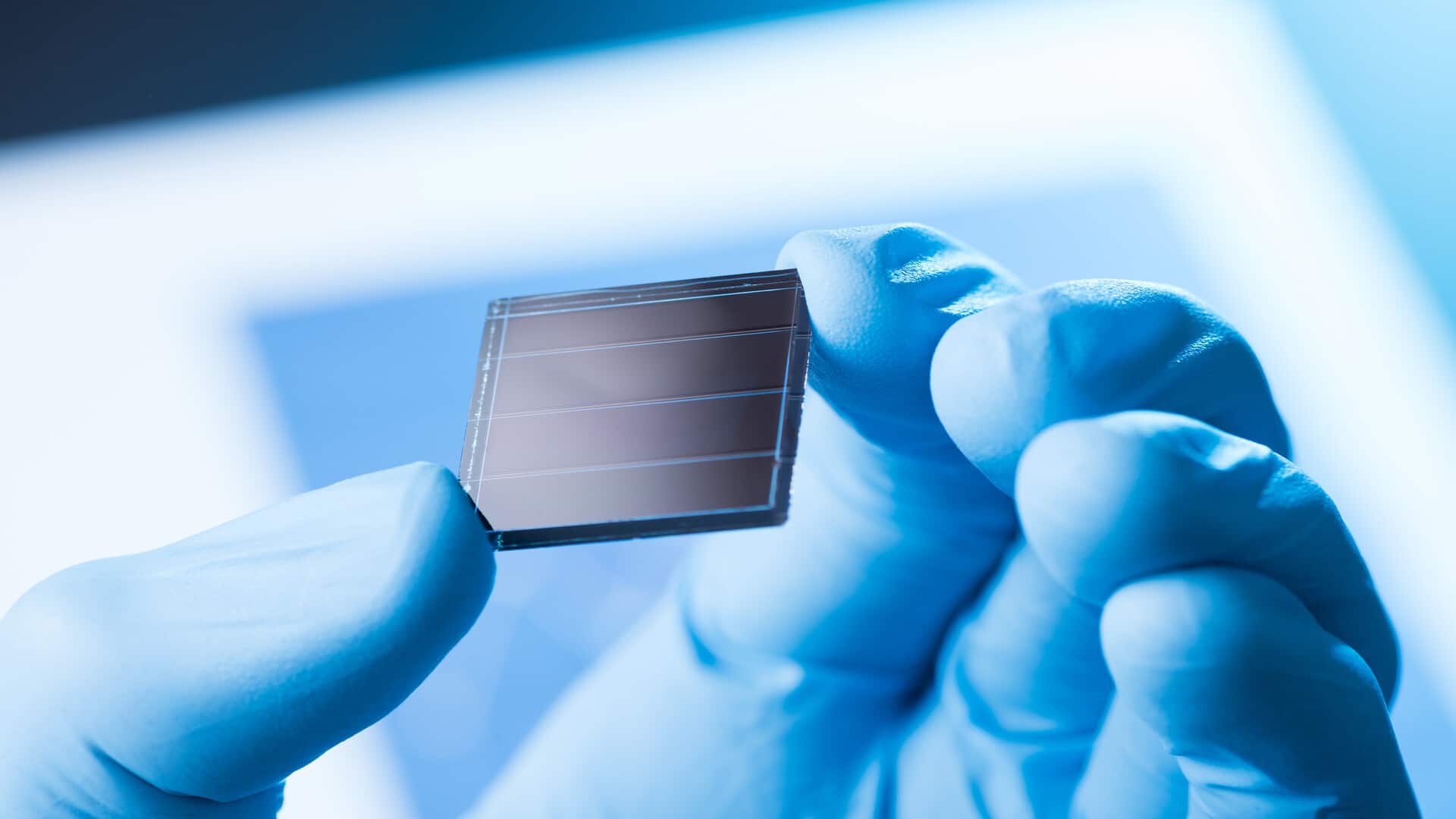Organic solar panels now efficient enough to rival silicon models
Researchers at the University of Kansas have made a significant advancement in organic semiconductors, suggesting a future where solar cells could be more efficient and versatile. For years, silicon has been the primary material for solar energy capture due to its efficiency and durability. However, these silicon-based solar cells are rigid and expensive to produce, restricting their use on curved surfaces.
Organic semiconductors: A cost-effective, flexible alternative
Organic semiconductors, carbon-based materials, present a more affordable and adaptable alternative to silicon. "They can potentially lower the production cost for solar panels because these materials can be coated on arbitrary surfaces using solution-based methods — just like how we paint a wall," said Wai-Lun Chan, an associate professor at the university. These unique characteristics make organic solar panels suitable for usage in next-generation green and sustainable buildings.
Organic solar cells close efficiency gap with silicon
Despite their advantages, organic solar cells have historically struggled to match the efficiency of silicon-based cells. Silicon panels can convert up to 25% of sunshine into electricity, while organic cells have typically hovered around 12% efficiency. However, recent developments with non-fullerene acceptors (NFAs), a new class of materials, have raised organic solar cell efficiency closer to 20%, challenging the dominance of silicon in the field.
Researchers discover energy gain in NFAs
The Kansas research team found that under certain conditions, excited electrons in NFAs can receive energy from their surroundings, instead of losing it. "This observation is counterintuitive because excited electrons typically lose their energy to the environment like a cup of hot coffee losing its heat to the surrounding," Chan explained. The team used time-resolved two-photon photoemission spectroscopy, to track the energy of excited electrons to less than a trillionth of a second.
Quantum mechanics and thermodynamics drive energy gain
Researchers estimate this energy gain is a result of a combination of thermodynamics and quantum mechanics, where excited electrons appear to exist on multiple molecules simultaneously. "For organic molecules arranged in a specific nanoscale structure, the typical direction of the heat flow is reversed for the total entropy to increase," explained Kushal Rijal, a research team member. This reversed heat flow allows neutral excitons to gain heat from the environment and dissociate into positive and negative charges, producing electrical current.
